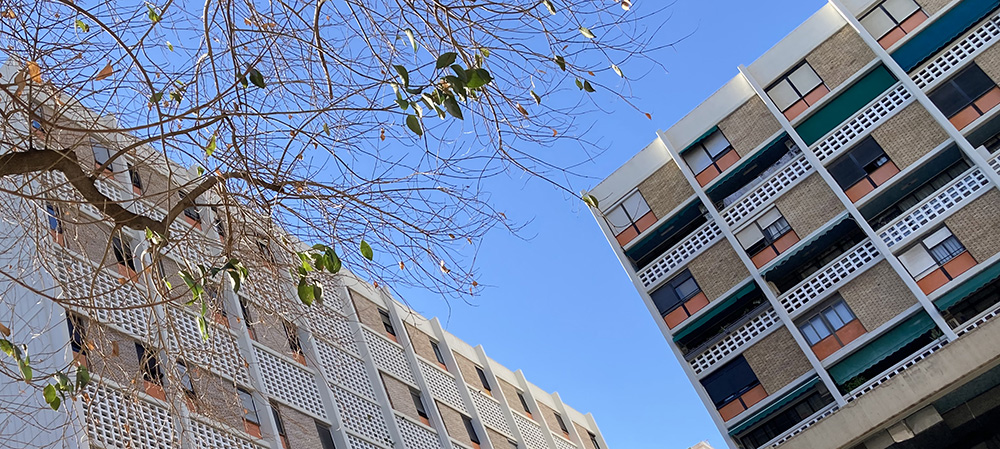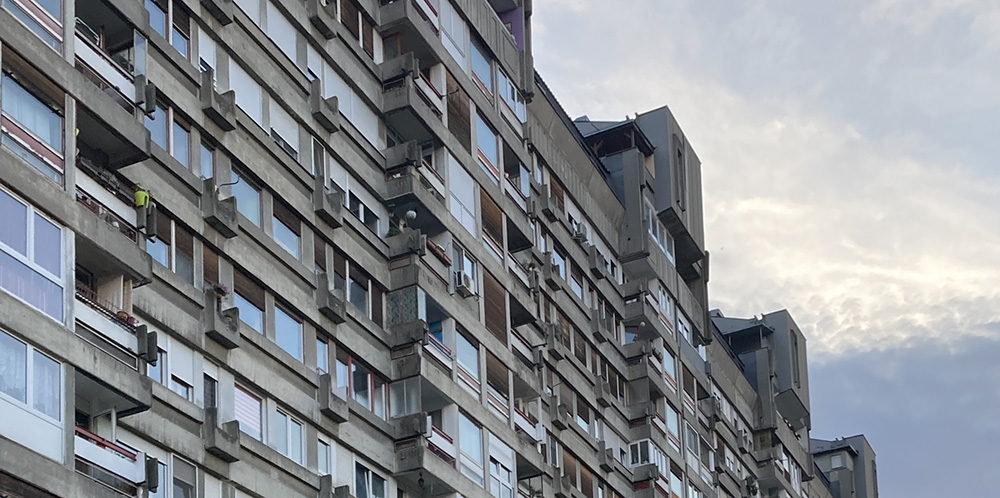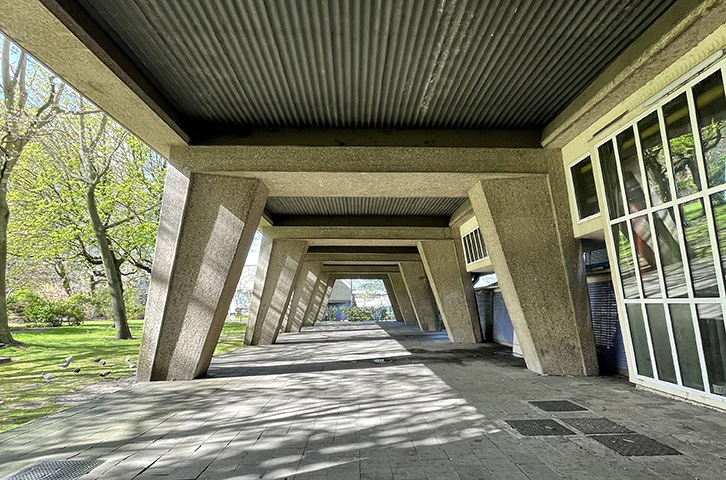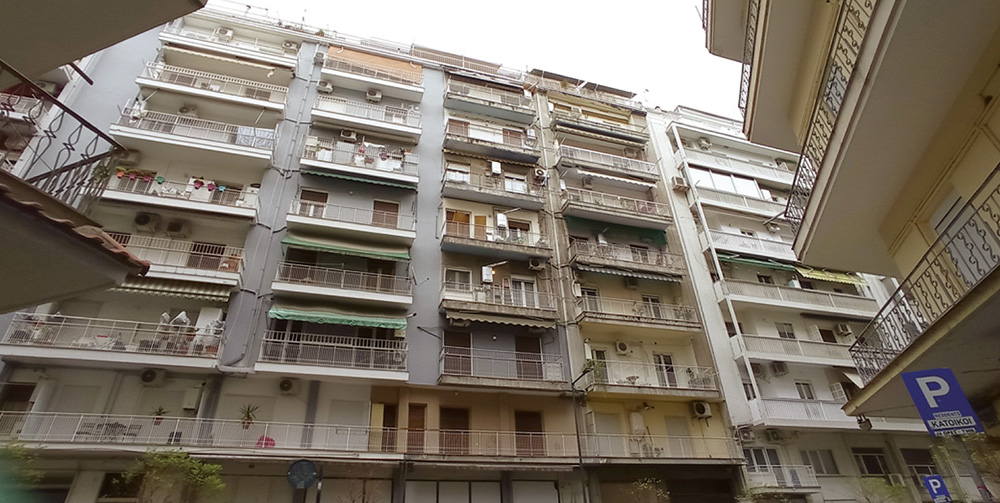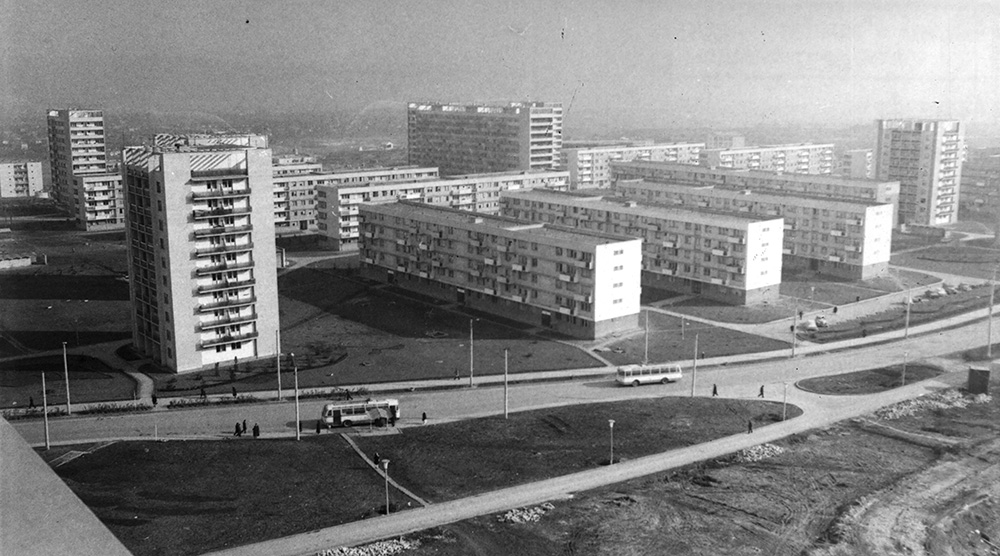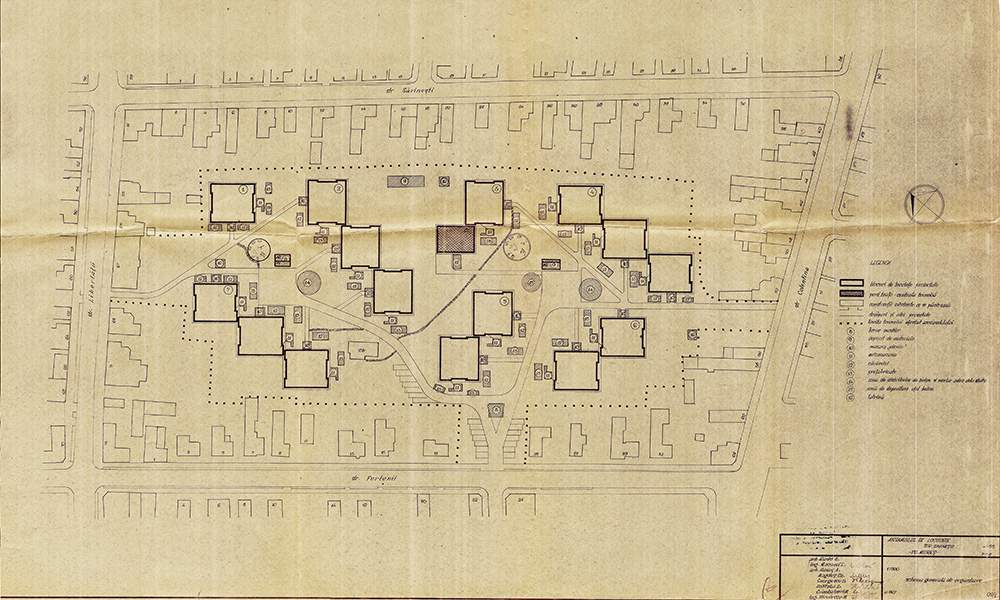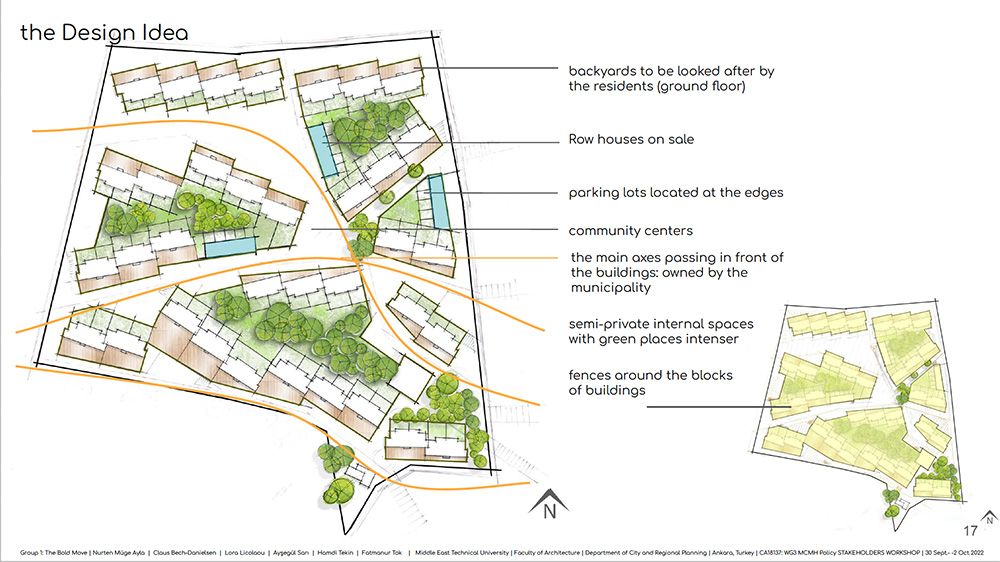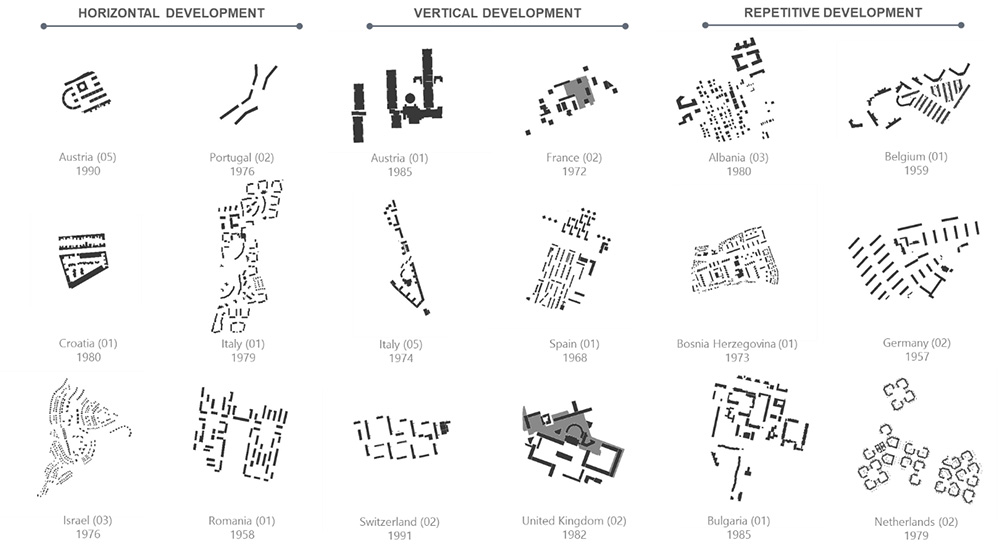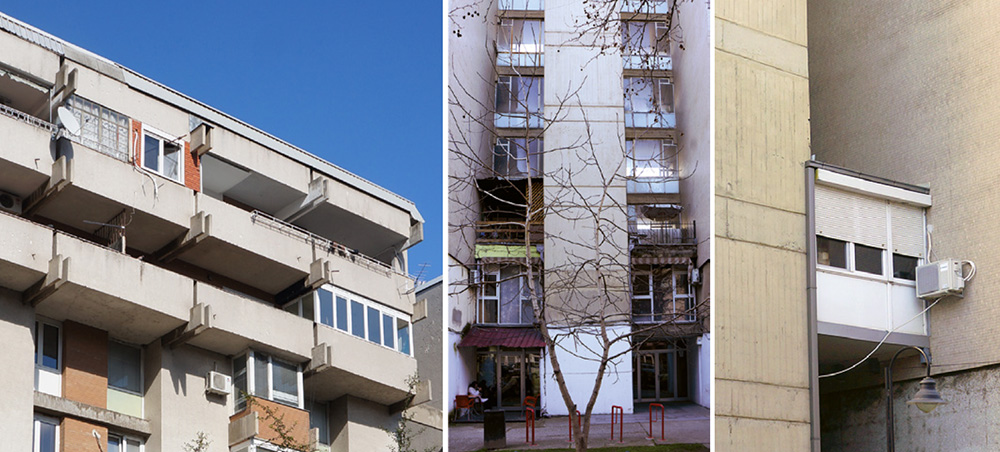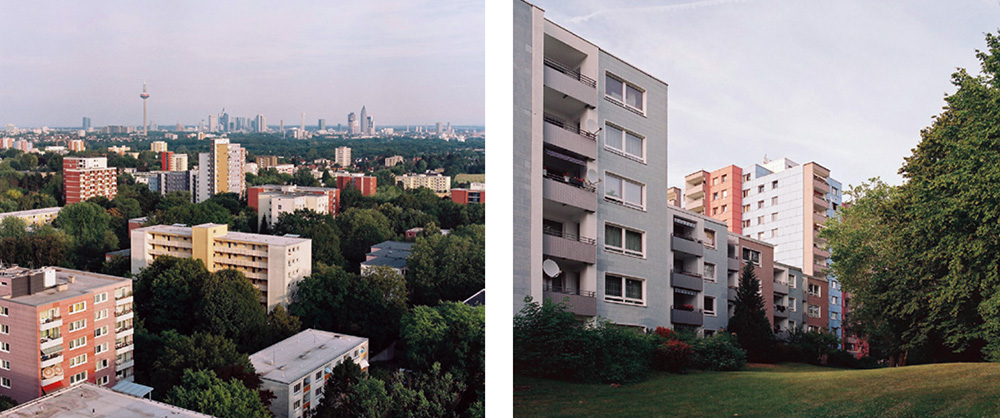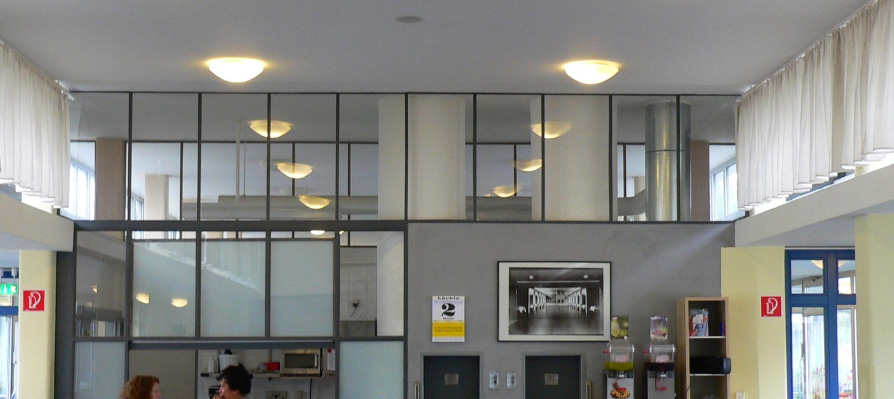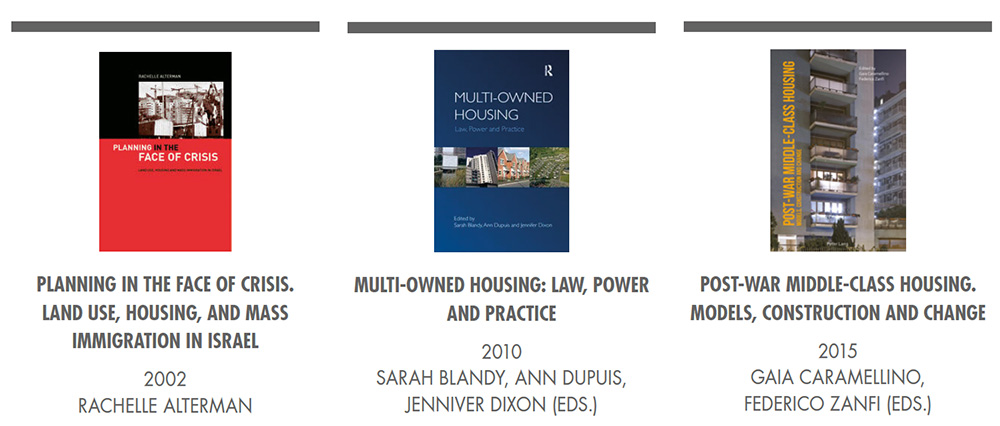
This special issue of the Docomomo Journal dedicated to the investigation and comparison of Middle Class Mass Housing in Europe since the 1950s. MCMH has been generally underestimated in urban and architectural studies and there is still a lack of comparative analysis and global perspectives.
This special issue is linked to the EU-COST-Action on the same topic (https://mcmh.eu) that aims to develop new scientific approaches by discussing, testing and assessing diverse case studies, their social and cultural context, interventions and public policies.
Most housing research still focusses on social and affordable housing and while the definition and identification of MCMH is still under construction (definitions). It is evident that MCMH has different forms of urban and architectural representation and various models of governance. The editors like to invite contributions from Europe and from other parts of the world that document, discuss and compare typologies (cases) of this modern heritage as a key resource for a sustainable urban and social development. Articles should display concepts and actions at social, cultural and political levels that will contribute to the formulation of new planning and intervention strategies (policies) for existing MCMH.
Editorial
-
After the two 2022-issues of the Docomomo Journal, number 66 on ‘Modern Plastic Heritage’ and number 67 on ‘Multiple Modernisms in Ukraine,’ this issue reveals another chapter of an often and diversely described theme of Modern Movement and a pressing subject worldwide: Housing.
Introduction
-
The history of the modernization processes of post-WWII European cities could be observed through the lens of the emerging middle classes between the 1950s and the 1970s when housing significantly contributed to establishing and defining new social identities. Middle classes were the main protagonists of the rapid urban development and massive expansion that profoundly influenced the production of new estates, neighborhoods, and urban sectors, leaving relevant traces on the contemporary built environment of the European cities. In a sense, Europe, in its various civic configurations and...
Essays
-
Post World War II European modern housing often exhibited a Corbusian influence, but Le Corbusier was not embraced to the same extent everywhere, as noticed during exchanges between the University of Lisbon and the University of Antwerp in the ambit of the COST-Action 18137 on MCMH. While Belgium has several 1950s social housing projects, strongly indebted in its Unité d’habitation in Marseilles, Portugal does not. There, social housing architecture remained rather conservative, even though Corbusian features manifested themselves in some middle-class mass housing projects, such as the...
-
Middle-class housing in the context of post-independence growth in Israel, where urban growth was guided by the massive construction of new neighborhoods and buildings, produced various types of shared dwellings which became the prevailing types of urban housing. While mass housing is discussed in the context of Israel as a key device of a modernization project on the national scale, with deep consequences for marginalized immigrants and the lower classes – it has rarely been studied as housing typology for the middle classes. Nonetheless, urban growth and national consolidation starting...
-
Middle-class housing in Greece developed rapidly after World War II (WWII). Across all Greek cities a multi-story building type, so-called “polykatoikia” emerged because before the war, in 1929, a social and legal contract was constituted, according to which each apartment could be owned by “micro-owners”. The applied General and Special Building Regulations envisioned a homogeneous city volume composed of these polykatoikias. On the other hand, the new ownership model invited a heterogeneous middle-class population to buy and reside in these apartments, in contrast to the previous...
-
The paper addresses the Gheorgheni housing estate in Cluj (1964-1969) as a remarkably well-preserved example, representative of a particular phase in the evolution of socialist housing in Romania. It argues, in the context of the present debates on the notion of postwar modernism, that Gheorgheni is a proper modernist example and that this specific period in the history of Romanian socialist housing can be defined as the modernist period. This was a time when the state set up a housing production system adapted to mass scale at the national level, and when the first...
-
While modern heritage is often discussed as a critical resource for sustainable urban and social development, the future of such housing is often limited not by technical but rather by cultural, historical, or socio-economic constraints. In cities with a socialist past, mass housing provided individual apartments for a number of Soviet families and tended to create particular spatial qualities. However, with the collapse of the socialist system, attitudes towards such housing began to transform. This paper is a reflection on the range of perceptions of this heritage,...
-
The territorial systematization in Romania in the second half of the twentieth century has profoundly influenced the morphology of the current urban fabric, due to the pace of construction imposed by the socialist regime and related to politically forced industrialization and urbanization, thus contributing to an urban society sensitive to the subject. This paper addresses the ways in which the public space, resulting from the construction of socialist mass housing, was used, questioning how public space can be (re)gained for today’s communities by understanding the disparity between the...
-
This article presents and discusses the results of the Stakeholder Workshop (Co) Designing for Quality of Life: Exploring Challenges and Opportunities, which was held at Middle East Technical University (METU) in Ankara in October 2022 in the framework of the COST Action CA18137 European Middle Class Mass Housing (MCMH-EU). The workshop aimed to discover the possibilities of participatory design as a tool to address the necessary updating of the housing complexes of the Modern Movement (MoMo). The workshop, which was conducted on a cooperative housing estate,...
-
The COST-Action (CA 18137) on Middle Class Mass Housing in Europe (MCMH-EU) has established a transnational scientific network to document the productions of middle-class mass housing built in Europe since the 1950s in order to investigate this specific topic and share knowledge. Considering that middle-class mass housing dominates most of our cities, the research translates into the study of the extensive development of cities in Europe after World War II. The breadth of the theme and the differences between the countries make it difficult to construct a systematic and unified criticism...
Heritage in danger
-
The 1963 earthquake in Skopje, North Macedonia, prompted an international response culminating in the Town Planning Project financed by the UN Special Fund, which resulted in a new master plan for the city. An international competition for the reconstruction of the Skopje city center was launched as part of the project. The Kenzo Tange entry, which won three-fifths of the first prize, became a representation of the new Skopje. It relied on an autofabulation approach, using elements like ‘city gate’ and ‘city wall’ as important parts of the concept. One of the major features was the City...
-
Large-scale housing estates were the most significant and largest single investments implemented in many municipalities in the post-WWII period. They were emblematic of modern urban development until criticism of modern housing became widespread and reached Western Germany in the wake of the fundamental socio-critical movements shaking Europe around 1968. This criticism primarily reflected the voice of middle-class academics, who fed it into the media as well as into the architecture and planning discourse, which continues to dominate to these days. We will argue that this criticism...
Best Practices
-
The banking family Emma and Henry Budge established their foundation in Frankfurt, Germany, as a civic initiative, aiming to build a contemporary, modern residential home for the elderly. Under the direction of Ernst May, appointed as city architect in 1925, the City of Frankfurt announced a unique competition in 1928 as part of its program Das neue Frankfurt: A retirement home for Jewish and Christian residents, primarily for people of the “educated middle class”. Architects Mart Stam, Werner Moser, and Ferdinand Kramer, members of the planning team Das neue Franfurt, won this...

